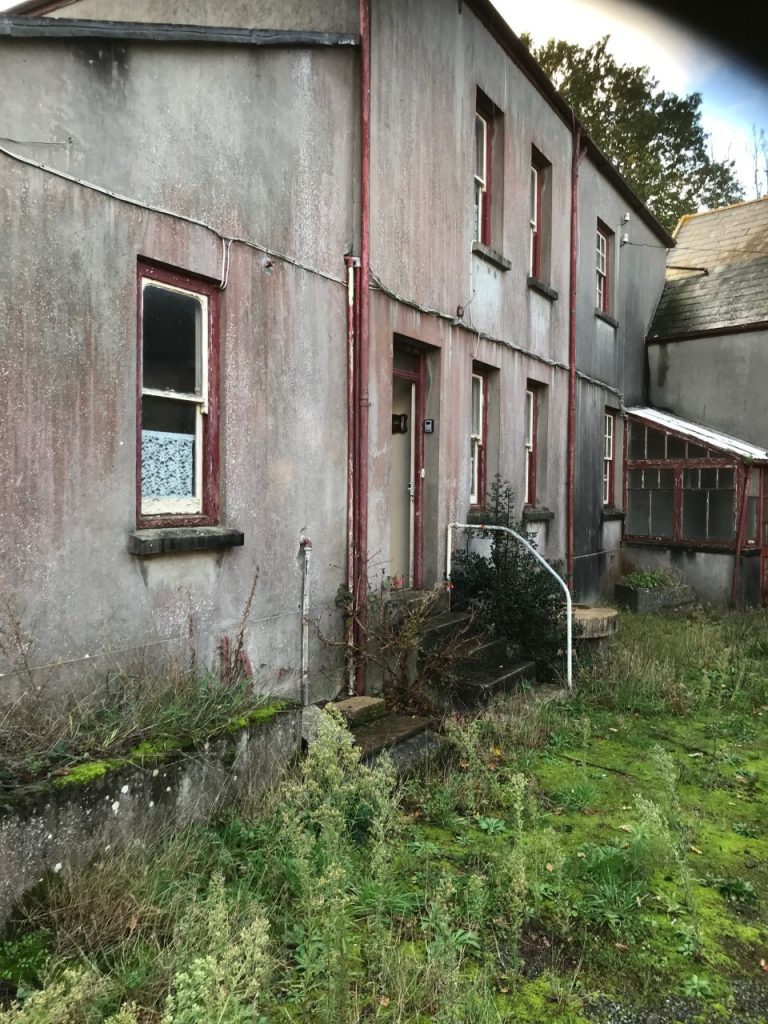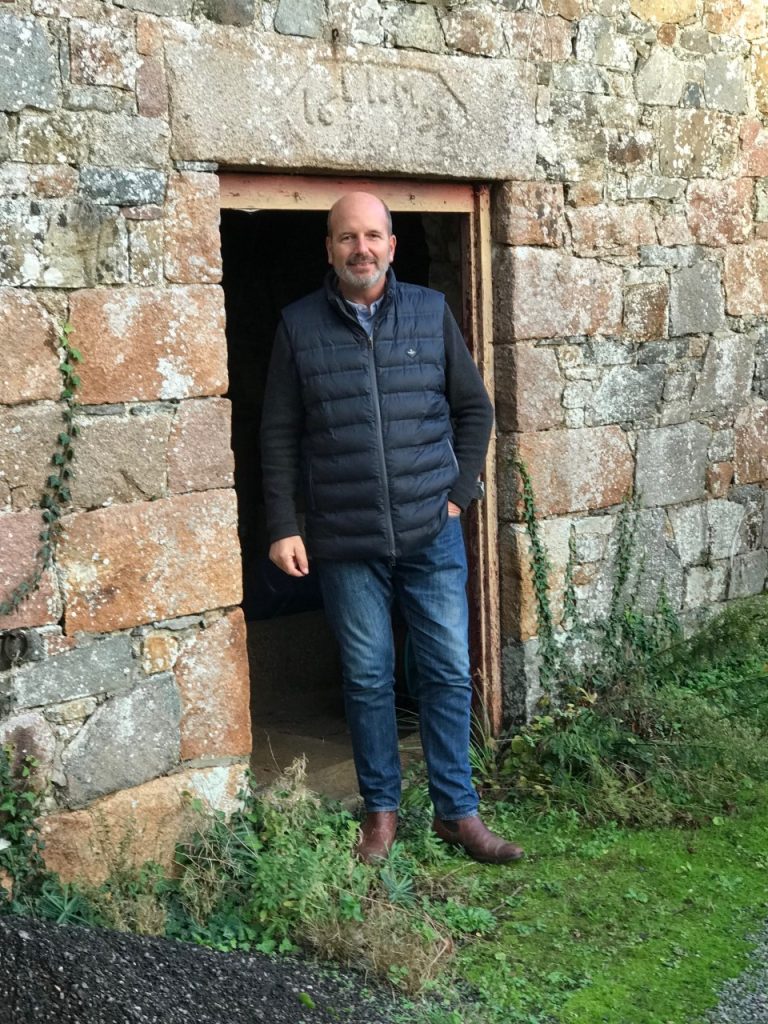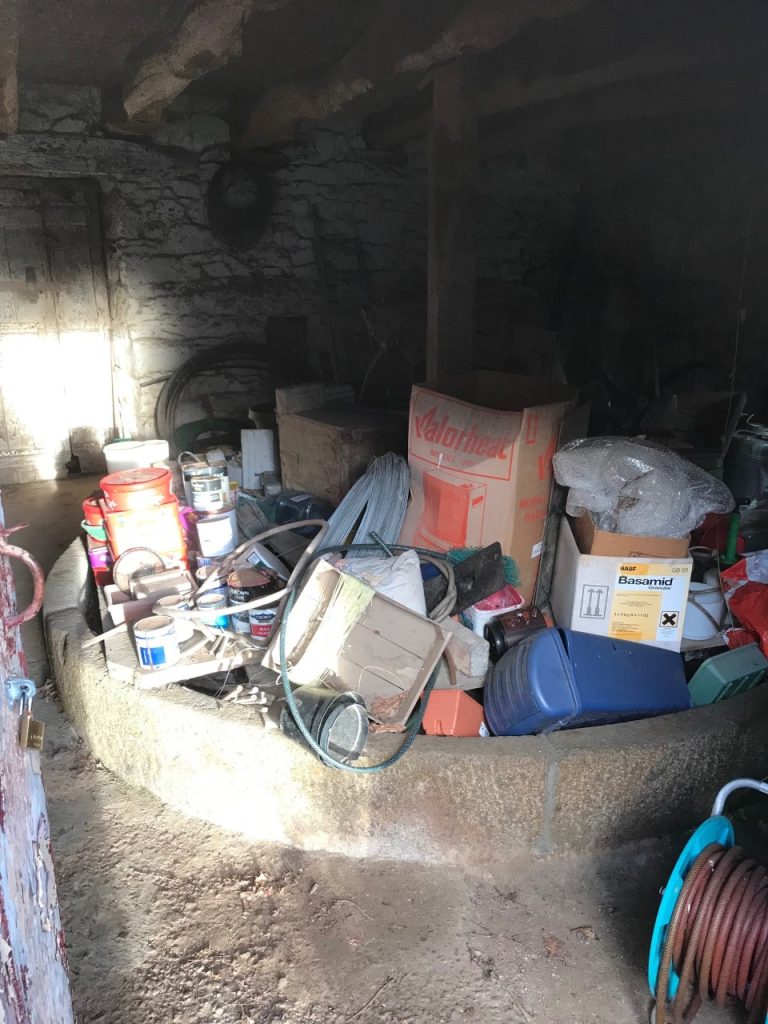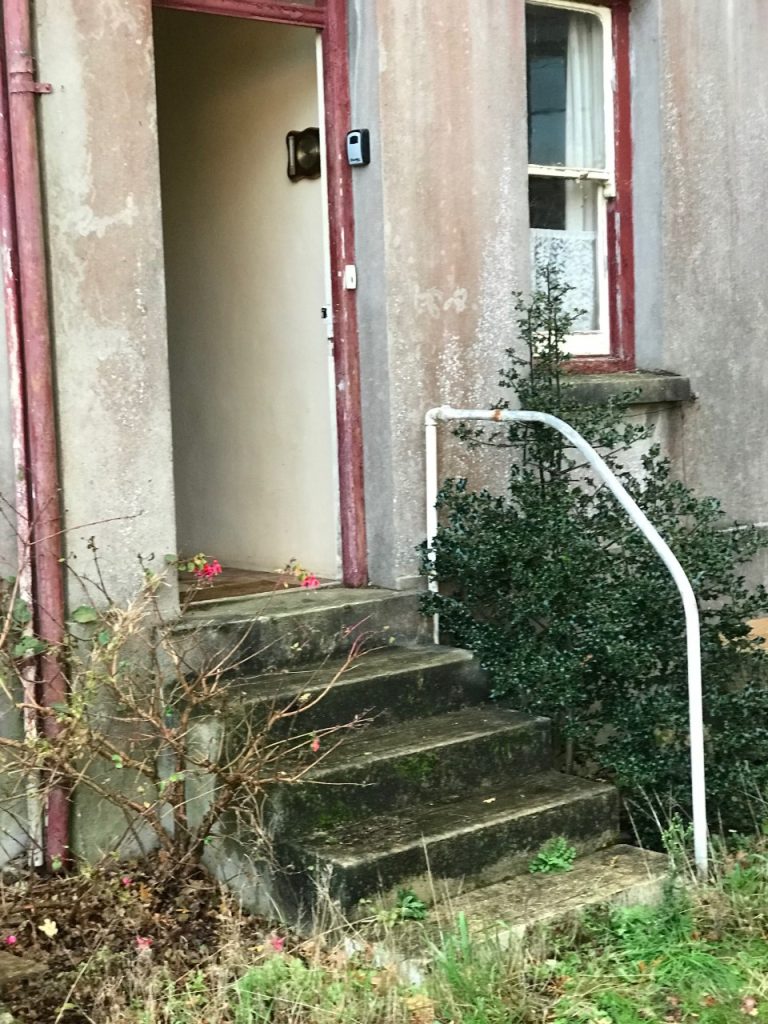
The National Trust for Jersey has been bequeathed an historic farm in the Parish of St Saviour. Alasdair Crosby visited the farm and talked to the National Trust’s chief executive, Charles Alluto
The page of the wall calendar in the kitchen at La Ronde Porte remains open at April 2022. The owner of the house, Mr Philip Le Sueur, had changed the page from March to April, but a little later, aged in his 80s, he left home for medical and nursing treatment and in June he rose above the confines of mortal time. The April page was never turned to May.
Nothing had changed indoors or outdoors from that time, except for the growth of weeds in the farmyard that had flourished in the spring, just about survived the summer and now stood around the farmyard in the dank autumnal gloom: tall, brown and desiccated.

Charles Alluto, the CEO of the National Trust for Jersey, said that the trust had been notified about the bequest later in the summer: ‘It is an exciting bequest – but which also has its challenges.
‘We only heard about it when the lawyers contacted us a few months after his death. It had been rumoured for quite a few years that the property might be coming to the National Trust – but quite often those rumours don’t materialise. He had never spoken to us – and we had never seen the property before.
‘Mr Le Sueur requested that, if possible, the Trust should retain the property in perpetuity. We are most grateful to him for this bequest.’

La Ronde Porte is located just off La Grande Route de St Martin, up a rutted and muddy farm track, up which visitors in cars with low-slung suspensions and without 4-wheel drive would be well advised not to navigate. The farm complex has 18th Century origins, although the two-storey, three-bay farmhouse was significantly extended in 1936: to the traditional granite of the old buildings was added a more modern, cement-coloured main house.
The farmhouse is set back from the road with adjoining outbuildings and farmyard. There are detached single storey outbuildings at the east end of house. To the rear of these and further east, is a row of pigsties connecting to a two-storey bakehouse.
On the day the property was open to inspection, there was a strong resemblance to an ‘open viewing day’ for intending purchasers, as various media people made their way upstairs and downstairs around the house and picked their way through the mud and slippery mossy outside steps to be shown the outbuildings. But, to carry the metaphor further, no-one seemed keen on making an offer to buy.
The rubbish and the discarded household items stuffed into the outbuildings did not add any potential sales appeal.
‘Mr Le Sueur never threw anything away,’ said Charles.

But appearances can be deceptive: the outbuildings retain a Jersey range, brick paviours, cow byres and an apple crusher. The bakehouse retains a corbelled fireplace with bread oven. The farm complex is Listed Grade 3 in recognition of its historic character and overall integrity.
The building is 18th Century in origin, explained Charles, but the pressoir looks earlier, probably 17th Century. In the old bakehouse, 18th Century doors lean against a wall; these possibly came from the original house before the mid- 20th Century modifications.

Charles said: ‘It is humbling when benefactors such as Mr Le Sueur leave their family homes to the care of the Trust. Equally we have a significant challenge ahead in finding the necessary resources to repair and maintain La Ronde Porte. As ever we will work hard to deliver this objective as we have done in the recent past for similar historic buildings, such as Brook Farm and Les Côtils Farm.’
Asked what exactly they would do with their new property, he said: ‘It is a big challenge. In an ideal world, we would have a caretaker tenant while we sorted out our long-term plans. But making it habitable to comply with health and safety regulations for leased properties might prove challenging in itself.

‘The first thing to do is to maintain the outside walls to ensure that there is no further structural deterioration. Then we will have to think about how we can find the money to renovate it – finding the necessary funding for the renovation might take two to three years.’
Despite its sad appearance at the moment, it is easy to imagine La Ronde Porte in its heyday as a small, traditional Jersey family home and mixed farm: bread baking in the bakehouse oven, apples being pressed in the pressoir, pigs in their sty, a farm horse in the stable, Breton workers in their living quarters above, a small herd of cows in the fields behind, vegetables for the table growing in the walled garden.

The past of La Ronde Porte is clearly visible to the eye of the imagination, underlying its sad present. And its future? At least it will be transformed yet again and in due course a new and better chapter will be opened for it, thanks to the work of the National Trust for Jersey.




